Apple juice is one of the most popular fruit beverages worldwide, enjoyed for its refreshing taste, natural sweetness, and nutritional benefits. But have you ever wondered what goes into producing 100% pure apple juice on an industrial scale? In Korea, where quality and hygiene are paramount, apple juice production is a meticulous process combining advanced technology, strict quality control, and careful handling to ensure every bottle is clean, fresh, and full of natural flavor. In this article, we take you step by step through the fascinating process of making clean apple juice in a Korean factory.
The Importance of Quality Apples
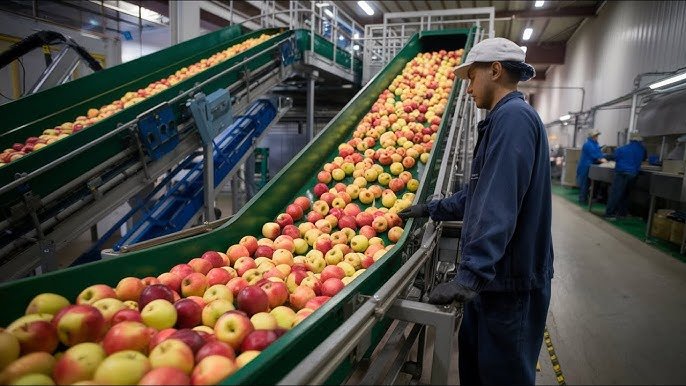
The foundation of pure, delicious apple juice starts with selecting the right apples. Korean factories often source apples from local orchards, choosing varieties known for their natural sweetness, crisp texture, and high juice content. Popular apple varieties for juice include Fuji, Gala, and Hongro, which have a balanced flavor profile and are rich in vitamins, antioxidants, and natural sugars.
Quality control begins at the orchard. Apples are carefully inspected for ripeness, size, and absence of blemishes or disease. Only the best apples make it to the juice factory, ensuring that the final product is 100% pure and naturally flavorful.
Transportation and Initial Inspection
Once harvested, apples are transported from orchards to the factory in refrigerated trucks. Maintaining the right temperature is crucial to prevent spoilage and preserve freshness. Upon arrival, the apples undergo a rigorous inspection process to remove any damaged or rotten fruits.
Automated conveyor systems are often used in modern factories to streamline this process. Apples pass through sensors and cameras that detect imperfections, ensuring only top-quality fruits move forward in the production line.
Washing and Cleaning
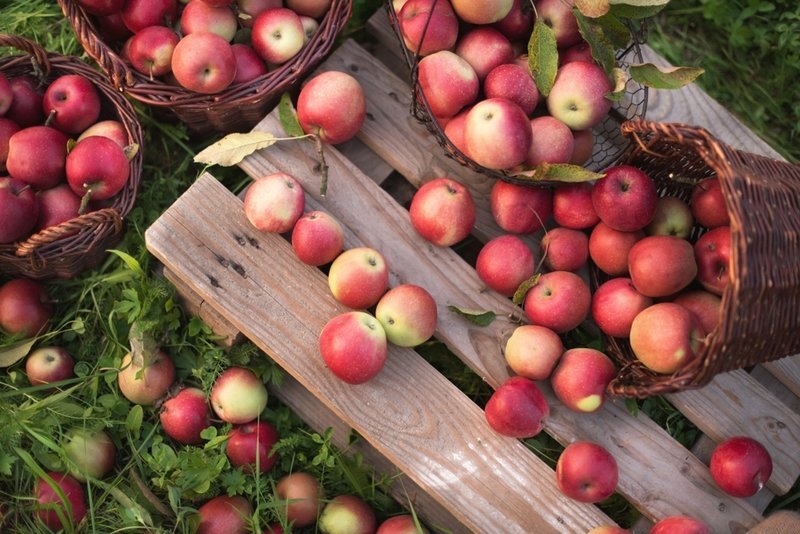
Before any processing begins, apples are thoroughly washed to remove dirt, pesticides, and other residues. This step is critical for hygiene and quality. In Korean factories, apples are typically washed in multiple stages:
- Pre-Wash: Apples are rinsed with water to remove loose dirt.
- Sanitizing Wash: A mild food-grade sanitizer is used to eliminate bacteria and microbes.
- Final Rinse: Apples are rinsed again with clean water to remove any remaining residue from the sanitizer.
The result is a clean, safe apple ready for juice extraction.
Sorting and Preparation
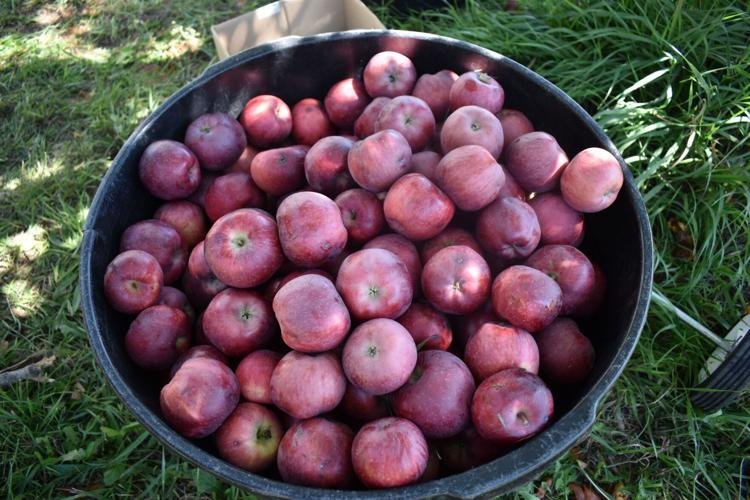
After washing, apples are sorted by size, color, and quality. Uniform apples produce consistent juice in terms of color and flavor. Any apples that do not meet standards are removed or repurposed for other uses, such as apple puree or animal feed.
Next, the apples are prepared for juicing. This involves:
- Peeling (Optional): Depending on the desired juice clarity, some factories peel apples to reduce bitterness and ensure a smooth texture.
- Corings and Slicing: Seeds and stems are removed, and the apples are cut into smaller pieces to facilitate efficient juice extraction.
Juice Extraction
The heart of the process is the extraction of juice from the apples. Korean factories use advanced pressing and extraction techniques to ensure maximum yield and high-quality juice. Common methods include:
- Cold Pressing: Apples are crushed and pressed under hydraulic presses, extracting juice without applying heat. This preserves natural flavors, aroma, and nutrients.
- Centrifugal Extraction: Some factories use high-speed centrifuges to separate juice from pulp efficiently.
The extracted juice is immediately collected in sanitary containers to prevent contamination and preserve freshness.
Filtration and Clarification
Once the juice is extracted, it undergoes filtration and clarification to remove pulp, sediment, and any remaining solids. This step ensures that the juice is smooth and visually appealing.
Filtration techniques in Korean factories may include:
- Fine Mesh Filters: To remove larger particles of pulp.
- Centrifugal Clarifiers: To separate fine solids without affecting flavor.
- Enzymatic Treatment: Sometimes enzymes are added to break down pectin, reducing cloudiness and improving clarity.
The goal is to achieve 100% clean apple juice that is both tasty and visually attractive.
Pasteurization
To extend shelf life and ensure safety, apple juice is pasteurized. Pasteurization involves gently heating the juice to a specific temperature to kill harmful bacteria and microorganisms while preserving flavor and nutrients.
Modern Korean factories use high-temperature, short-time (HTST) pasteurization, which efficiently kills microbes without overcooking the juice. This method helps retain the fresh, natural taste of apples, unlike older methods that can sometimes produce a cooked flavor.
Quality Control and Testing
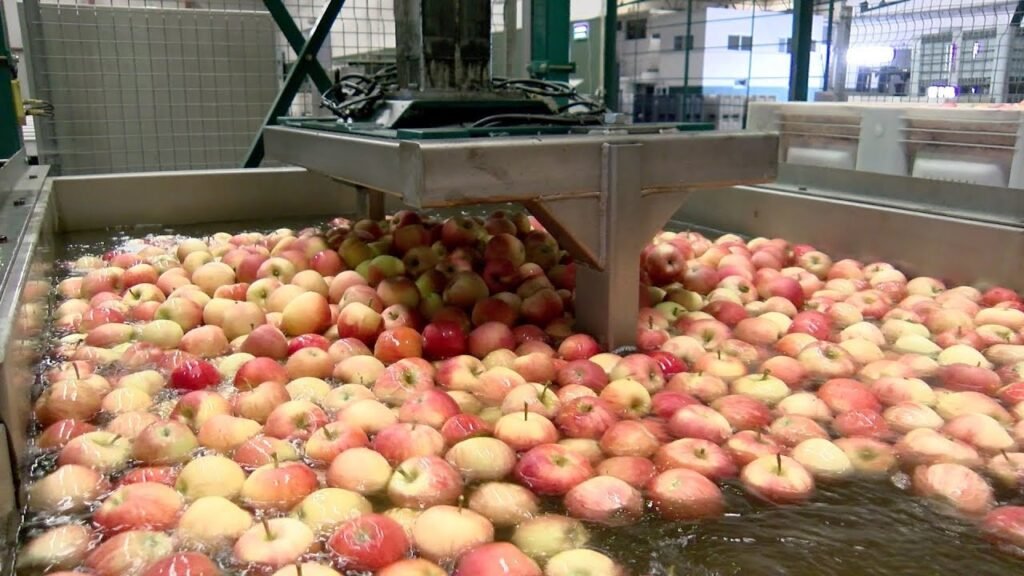
Quality control is an ongoing process throughout the juice production line. Korean factories maintain strict hygiene standards and perform multiple tests to ensure the juice is safe and meets regulatory requirements.
- Microbiological Testing: To ensure the absence of harmful bacteria such as E. coli or Salmonella.
- Chemical Testing: To verify sugar content, acidity, and nutritional value.
- Sensory Evaluation: Trained staff taste the juice to ensure consistent flavor, aroma, and color.
Any batch that does not meet standards is rejected or reprocessed, guaranteeing that consumers receive the highest-quality product.
Packaging
After pasteurization and testing, the juice is ready for packaging. Packaging is carefully designed to maintain freshness and prevent contamination. Common packaging methods include:
- Bottles: Glass or PET bottles with airtight caps.
- Cartons: Tetra Pak or other aseptic cartons for long shelf life.
- Labeling: Factories include nutritional information, expiration dates, and batch numbers to ensure traceability.
Korean factories often use automated filling and sealing machines to maintain hygiene and efficiency. This step is crucial to ensure the juice remains safe and fresh until it reaches consumers.
Storage and Distribution
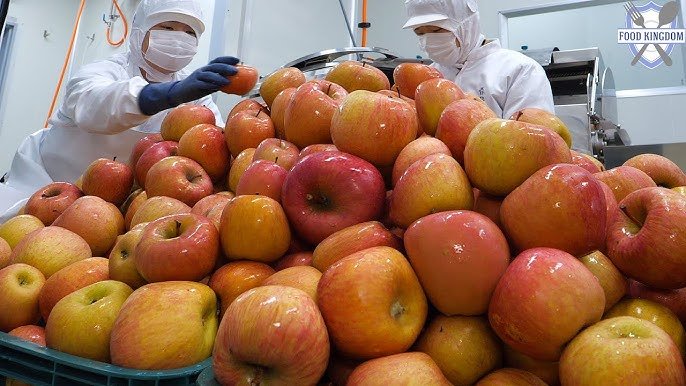
Once packaged, apple juice is stored in temperature-controlled warehouses to preserve quality. Refrigeration is particularly important for fresh, unpasteurized juice. From the warehouse, the juice is distributed to supermarkets, convenience stores, and food service providers. Some batches may even be exported internationally, showcasing Korea’s commitment to quality.
Sustainability and Waste Management
Modern Korean factories prioritize sustainability and responsible waste management. Apple peels, cores, and pulp removed during processing are often repurposed:
- Animal Feed: Waste pulp can be used as nutritious livestock feed.
- Composting: Organic waste is converted into compost for orchards.
- Bioenergy: Some factories use fruit residues to generate biogas or energy.
These practices reduce environmental impact and make apple juice production more sustainable.
The Final Product: 100% Pure Apple Juice
The result of this meticulous process is 100% pure, clean apple juice, free from additives, preservatives, or artificial flavors. Each sip reflects the care and expertise involved, from orchard to factory to your glass. Consumers can enjoy the natural sweetness, refreshing taste, and health benefits of apples in a convenient and safe form.
Conclusion
Making clean apple juice in a Korean factory is a fascinating blend of tradition, technology, and strict quality control. From carefully selecting the best apples to washing, extracting, filtering, pasteurizing, and packaging, every step is designed to ensure freshness, safety, and flavor.
Next time you enjoy a glass of 100% apple juice, remember the journey it has taken—from local orchards to high-tech factory lines—ensuring that every bottle delivers pure, natural apple goodness. Korea’s dedication to quality and hygiene sets a global standard for juice production, showing that even everyday beverages involve incredible care, precision, and expertise.
